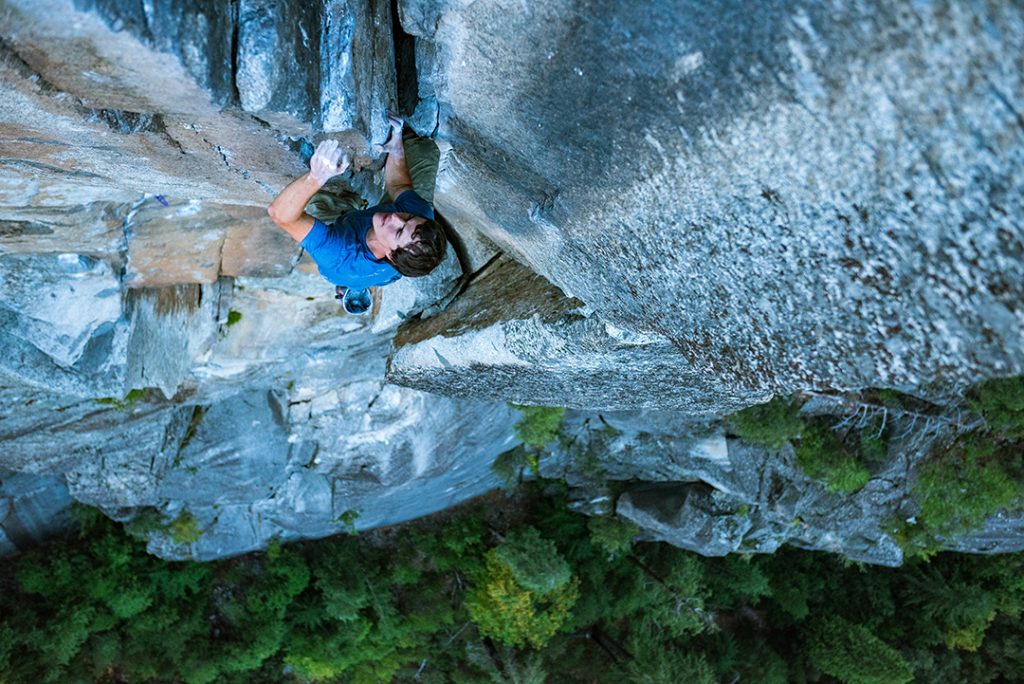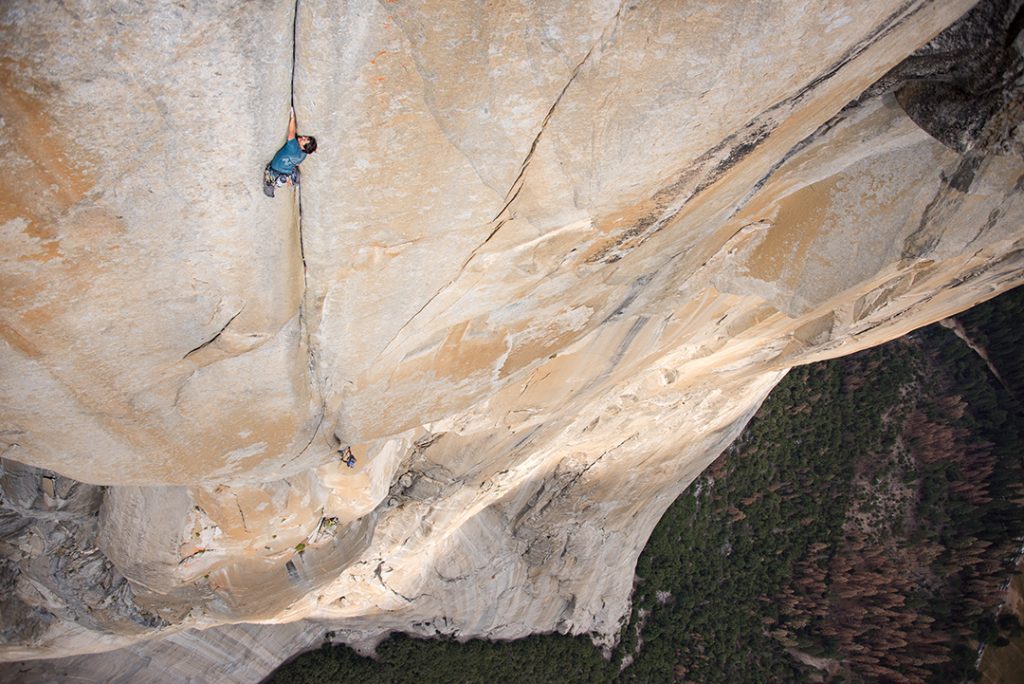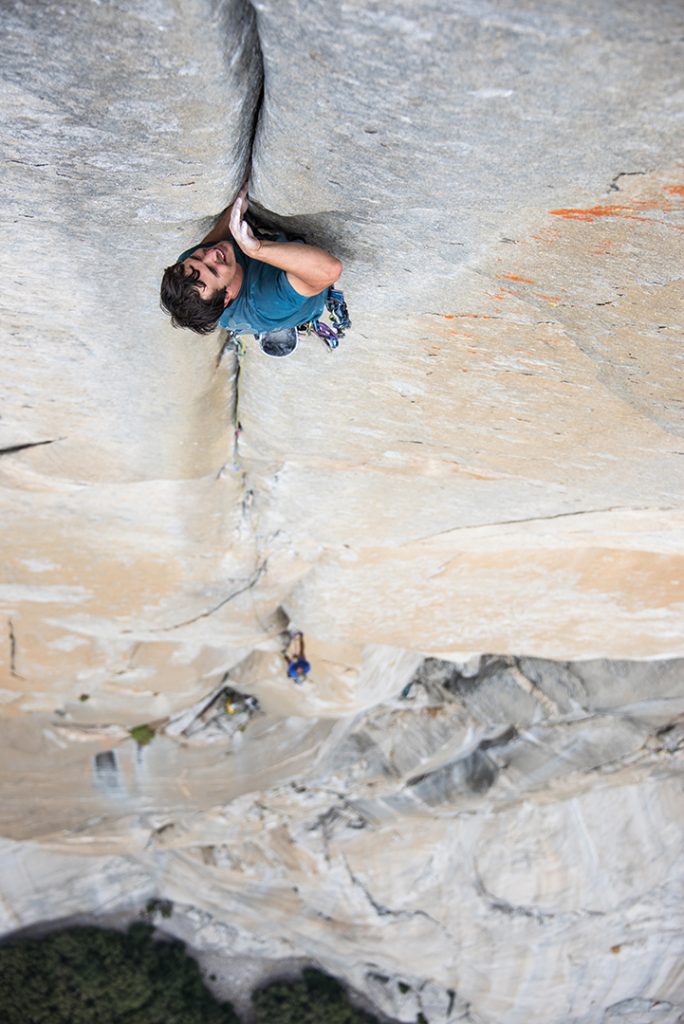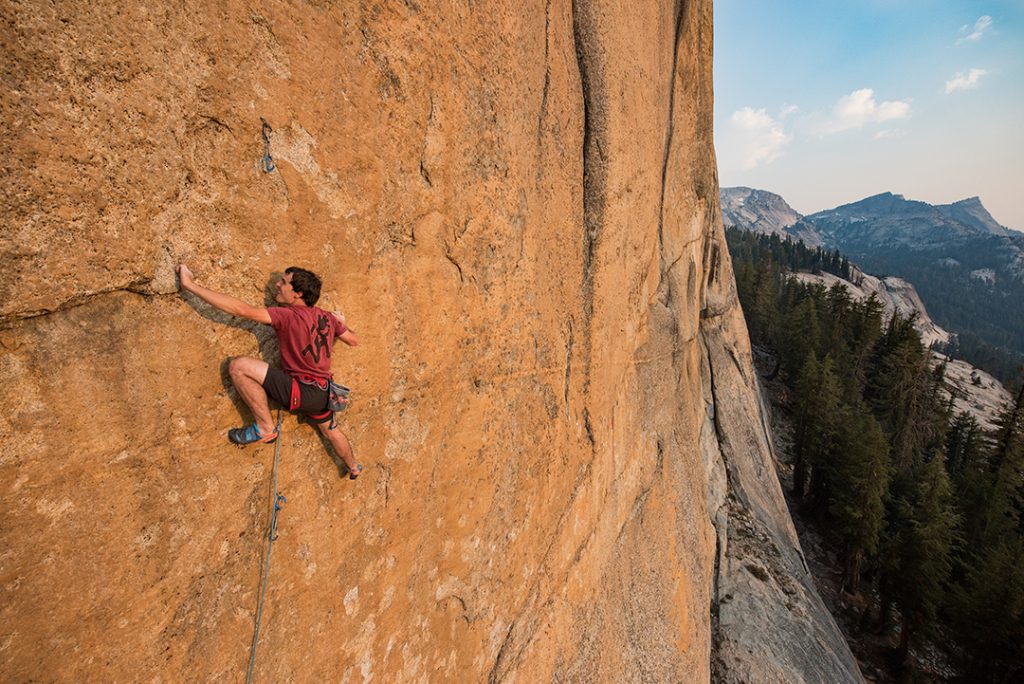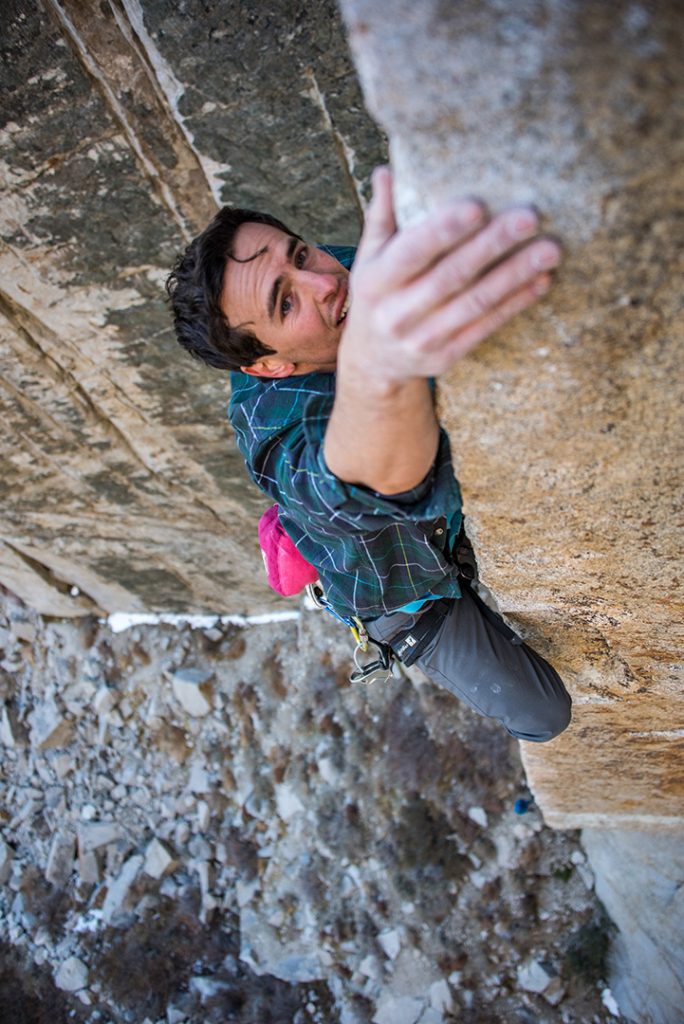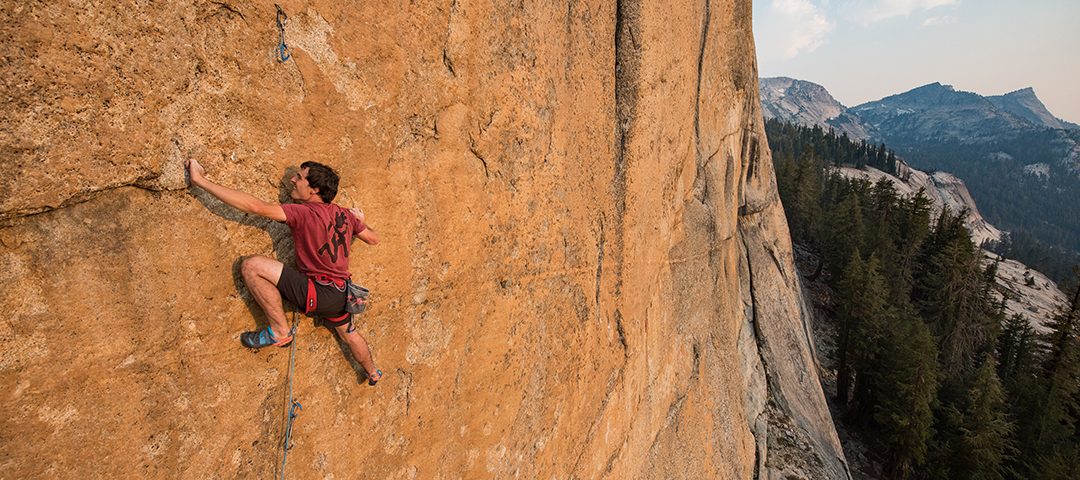Wild Magazine Q&A with Brad Gobright
For anyone who was lucky enough to watch the recent Banff touring festival Radical Reels, you were undoubtedly in awe watching the film “Safety Third”, about free solo climber Brad Gobright. Climbing is as much a mental sport as a physical sport and Brad Gobright can testify to this. He was at the top of his game, his motivation and passion for rock climbing propelling him into the ranks of some of the best climbers of all-time. But was his passion for rock climbing starting to make him unsafe? We spoke to Brad to hear more about his story “Pushing the Limits” and to hear how he tries to combat his inherent sense of recklessness.
Why do you enjoy rock climbing so much? What is it that makes you such a strong climber?
What started it for me was that climbing just puts you in some amazing places. You’re always out in the beautiful outdoors and are up on these unique mountains, completely by yourself, with no one else around. On top of that, it’s a physical and mental workout too. You’re using your whole body to get you up these climbs but you also have to have the right mindset to get there as well.
I wouldn’t say I’m physically gifted or anything like that – I know climbers who are definitely stronger than I am – but I feel with me, it’s my motivation, drive and passion for climbing that sets me apart and has got me where I am today. But, this drive and determination is also something that has set me back recently too.
What’s it like, reaching the top of a climb such as El Capitan?
Topping out on El Cap is something else. It just makes you so proud of yourself and is genuinely an achievement for anyone who does it. Yosemite Valley is sort of like the holy grail of amazing climbing and I’d say that for most climbers, climbing in Yosemite is their biggest goal. The feeling that you get when you achieve something like that is the thing that motivates you to carry on. You might be scared at times or physically exhausted, but it’s always going to be fun in some way and that end reward of standing at the top is the best.
You mentioned that your drive and determination is something that you feel has set you back in recent years. Can you explain that a little bit more?
Yes, I think I had so much motivation to climb all the time and had set a really high goal for myself for the last couple of seasons. I was pushing myself to do these scary climbs that I knew deep down I probably wasn’t ready for. I was feeling pressured to get stuff done and I think I just kind of rushed it too much for a while and got myself into this weird spiral, pushing myself too far and not really enjoying the climbs I was doing. And that’s when I started getting injured.
Honestly I’ve had a lot of injuries. I’ve broken my toes, my right ankle twice, my left ankle once, broken my elbow and broken my back. Each time I was rushing to get back to climbing, not wanting to miss out. Each time I didn’t let myself fully recover and pushed myself too far again, and got injured.
How did that affect your climbing?
It was making me become quite reckless. I was going for climbs that I wasn’t prepared for and didn’t really want to do but was getting really ahead of myself. But it all came to a head when I broke my back though. There was a big winter storm coming in and it was going to close the route for the year. I wasn’t going to be around when it reopened. In my head, it was kind of my last chance to climb it. I was 90% ready but wasn’t 100%. And sure enough, I fell and injured myself.
I had to take a lot of time off to recover from the back injury so I had a lot of time to think. I realised how ahead of myself I was getting in my climbs and how much I was risking. It forced me to think about what I was doing – was it really worth it? I realised I hadn’t really been enjoying the climbing that I was pushing myself to do and that it was making me careless and flippant about it.
What did this realisation mean for you, when you had recovered and starting climbing again?
Once I had recovered I was so motivated to get out there and get climbing again. But I was also completely refreshed – mentally and physically. And that made all the difference. I did some of my most successful climbing after I’d broken my back, simply because I was ready to climb again. I realised how beneficial my time off had been. And realised that actually, taking this time off would also benefit me in the future.
Now I try and take regular breaks from climbing to rest and I try and watch out for the warning signs that I ignored before. I don’t think I’ve reached the point where I’m an extremely safe climber but that’s the challenge. Checking my ambition and not getting ahead of myself, but also allowing myself to improve as a climber, both physically and mentally.
What’s next for the future? What advice do you have for young climbers, just starting out?
I want to succeed as a climber and do the harder climbs, but I also want to do stuff that I enjoy. I know I can find that middle ground – something that’s fun and that I can be proud of. Knowing that people are going to see my climbs and that I’m going to inspire others definitely adds to the reward of doing these climbs. Advice wise – I’d say the main thing that I’ve learnt is only do it if you really want to. It’s fine to wait. After all, the mountain will always be there!
To read more about Brad’s climbing experience’s, click here.
Photographs by Drew Smith.
